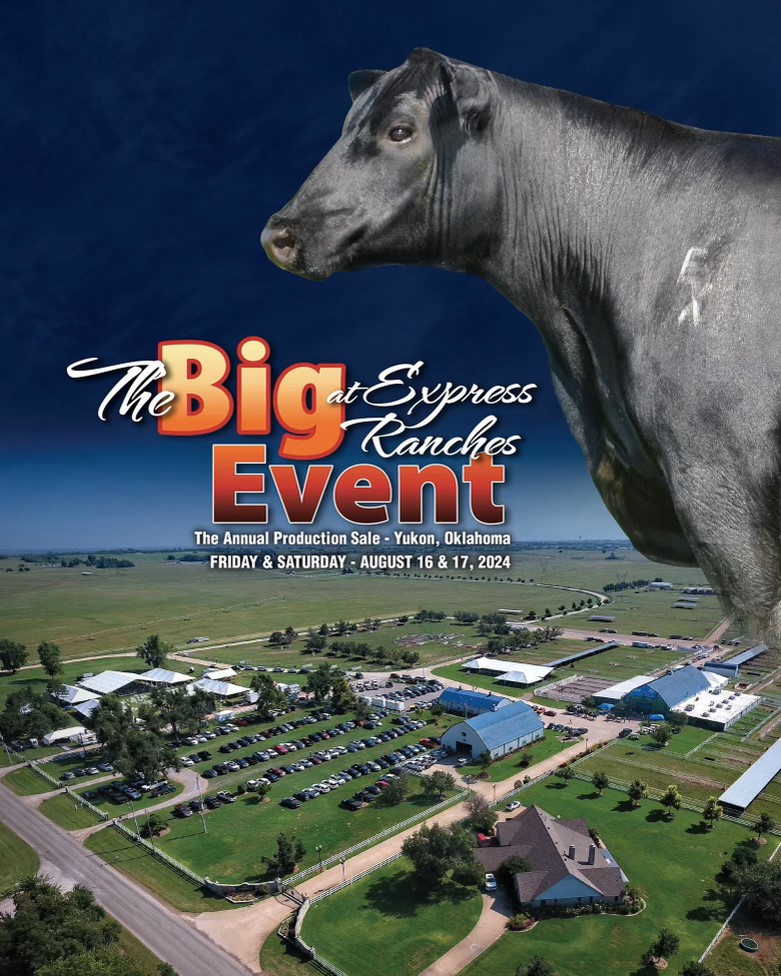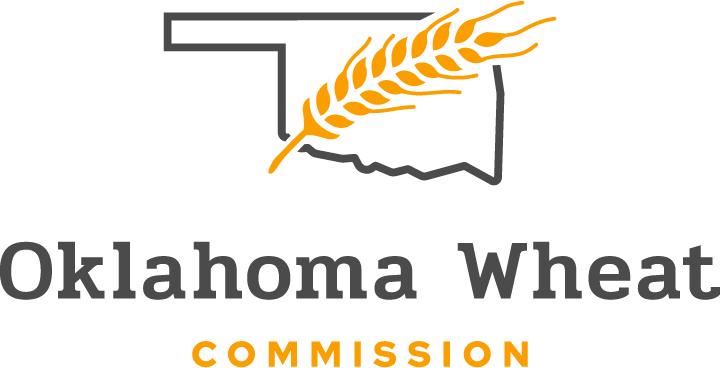
Agricultural News
Peel Analyzes the Growing Fed Cattle Market Predicament
Mon, 21 Sep 2015 11:23:52 CDT
 Derrell S. Peel, Oklahoma State University Extension Livestock Marketing Specialist, writes in the latest Cow/Calf Corner newsletter.
Derrell S. Peel, Oklahoma State University Extension Livestock Marketing Specialist, writes in the latest Cow/Calf Corner newsletter.
The September Cattle on Feed report showed August placements at 95 percent of last year and the lowest August placement level in the current cattle on feed data series back to 1996. The placement total was below pre-report estimates and may provide a bit of short-term boost to markets. However, lower placements are not providing much help for fed cattle markets. Feedlot placements the past six months are down 3.5 percent, some 349,000 head less than the same March through August period one year ago. Despite this, the September 1, 2015 on-feed inventory is up 2.7 percent; 267,000 head more than September 1, 2014. Although this monthly on-feed total was less than expected, the large inventory is increasingly a drag on fed cattle markets. What has been a "situation" for several months is rapidly turning into a "predicament".
It has been a challenging year for cattle feeders and feedlots have struggled continuously with lousy margins. The feedlot response to adverse market conditions has been to slow down feedlot turnover, adding days on feed and increasing fed cattle weights. This has resulted not only in growing feedlot inventories but a growing supply of extremely heavy cattle. Steer carcass weights for the year to date into early September were averaging 19 pounds heavier than last year. By the last week of August, average steer carcass weights were at 906 pounds, equal to the record weights last November. One week later, moving into September, steer carcass weights jumped to 914 pounds, a new record and up 25 pounds year over year on a weekly basis. Carcass weights often peak seasonally in the fourth quarter which could push annual average steer carcass weights 20 pounds or more over last year.
Fed cattle prices dropped roughly $4/cwt. last week. After holding between $145 and $150/cwt. for the summer, the fed market has dropped at least $10/cwt. the past three weeks; pushing the apparent summer lows into the fall. In addition to the cloud of global macroeconomic uncertainty, the fed market is increasingly burdened by lots of heavy fed cattle and the additional beef tonnage that goes with them. Year to date cattle slaughter is still down 6.6 percent but beef production so far this year is down only 4.3 percent with increased carcass weights making up the difference. Last week USDA estimated that cattle slaughter was about equal (fractionally higher) than the same week last year but weekly beef production was 3.1 percent higher year over year.
Market signals to pull back fed cattle weights are growing in recent weeks, with incentives such as increasing discounts for Yield grade 4 and 5 cattle augmenting lower fed prices as penalties for excess weight. The fed market has turned ugly and the only real fix at this point is to take our lumps; cough up the heavy cattle; and likely make the market even uglier for a period of time. Anticipated fourth quarter fed market improvement may be mostly or entirely wiped out if we continue to market excessively heavy cattle through the remainder of the year. The only real solution is to market our way out of this predicament. You can't rely on lower placements to fix the problem; placements are already low and have been for many months. Moreover, growing feeder supplies indicate that placements will begin increasing in the coming months. Will abruptly flushing heavy cattle out of feedlots ensure that feedlot margins turn black in the fourth quarter? The answer is that it is not guaranteed to fix margins but it seems increasingly clear that failing to do it will ensure that margins remain very red for the remainder of the year.
WebReadyTM Powered by WireReady® NSI
Top Agricultural News
More Headlines...




















